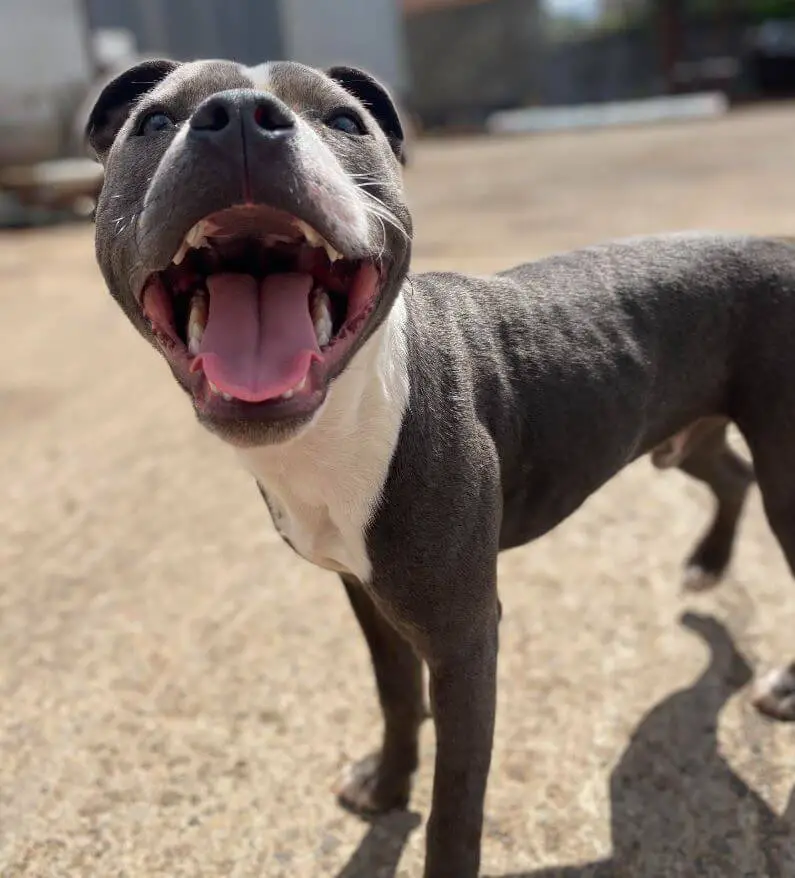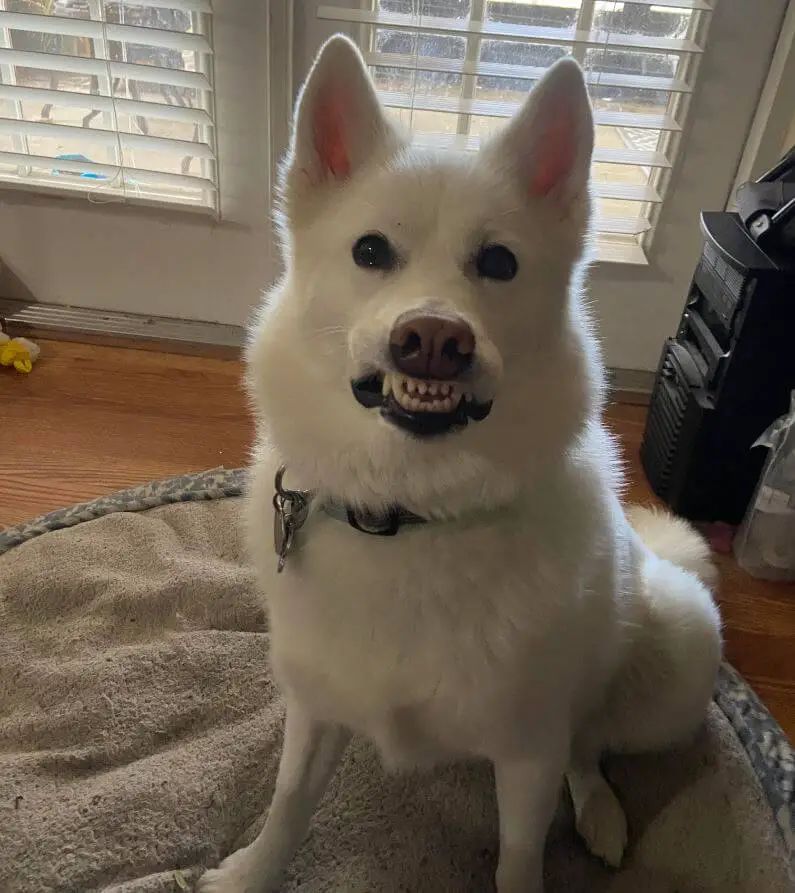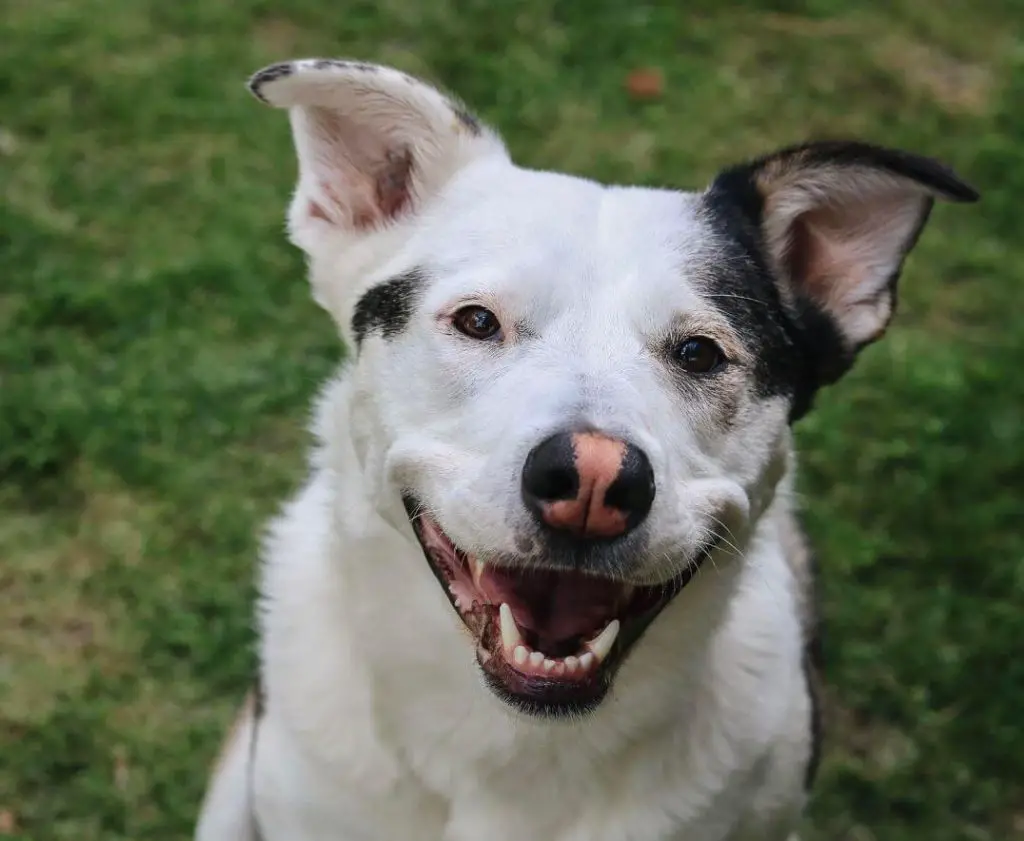Aggression is a common behavior issue in dogs, and it can be caused by various factors, including fear, anxiety, lack of socialization, and territorial behavior. Understanding the underlying causes of aggression in dogs is crucial in finding the best solution for it.

Types of Aggression in Dogs
There are different types of aggression in dogs, including:
1 – Territorial aggression: This type of aggression occurs when a dog perceives a threat to its territory, such as its home, yard, or even its owner. The dog may bark, growl, or even bite to protect its territory.
2 – Fear aggression: This type of aggression occurs when a dog is afraid of something or someone. The dog may bark, growl, or even bite in an attempt to protect itself.
3 – Possessive aggression: This type of aggression occurs when a dog becomes aggressive towards anyone who tries to take away something it considers its possession, such as food, toys, or even its owner.
4 – Social aggression: This type of aggression occurs when a dog becomes aggressive towards other dogs or people. It can be caused by dominance issues, lack of socialization, or fear.
5 – Pain-induced aggression: This type of aggression occurs when a dog is in pain or discomfort. The dog may growl, bark, or even bite if someone tries to touch it in the area that hurts.

Causes of Aggression in Dogs
The causes of aggression in dogs can be complex and multifactorial. Some of the most common causes of aggression in dogs include:
1 – Lack of socialization: Dogs that are not exposed to different people, dogs, and environments during their critical socialization period (between 3 and 14 weeks of age) may be more prone to aggression later in life.
2 – Fear: Fear is a common trigger for aggression in dogs. Dogs that have experienced traumatic events, such as abuse or abandonment, may be more prone to fear-based aggression.
3 – Pain or illness: Dogs that are in pain or discomfort may become aggressive if someone tries to touch them in the area that hurts.
4 – Genetics: Aggression can be inherited from the dog’s parents, and certain breeds may be more prone to aggression than others.
5 – Training methods: Incorrect training methods, such as punishment-based training, can increase the risk of aggression in dogs.

Preventing and Managing Aggression in Dogs
Preventing and managing aggression in dogs requires a combination of understanding the underlying causes of the aggression, modifying the environment to reduce triggers, and using positive reinforcement training to help the dog learn new behaviors.
1 – Socialization: Exposing your dog to different people, dogs, and environments during its critical socialization period can help prevent aggression later in life.
2 – Positive reinforcement training: Using positive reinforcement techniques, such as treats, praise, and play, can help a dog learn new behaviors and overcome aggressive tendencies.
3 – Avoiding triggers: Identifying and avoiding triggers that may cause aggression in your dog can help reduce the frequency and severity of aggressive behavior.
4 – Medical evaluation: If your dog is displaying aggressive behavior, it’s important to have it evaluated by a veterinarian to rule out any underlying medical issues.
5 – Working with a professional: If your dog’s aggressive behavior is severe or if you’re unsure how to address it, it may be helpful to work with a professional dog trainer or behaviorist.
In conclusion, aggression in dogs is a common behavior issue.
